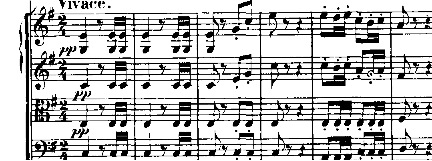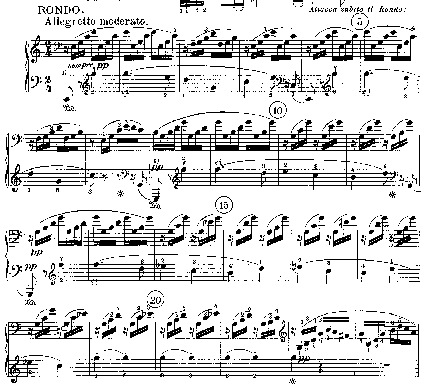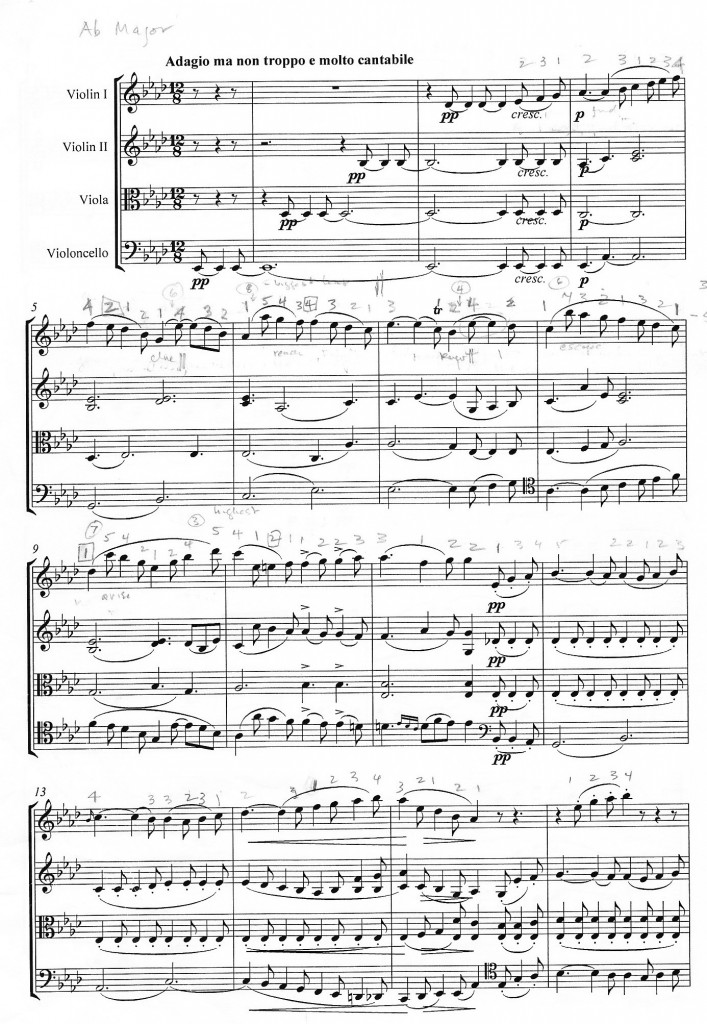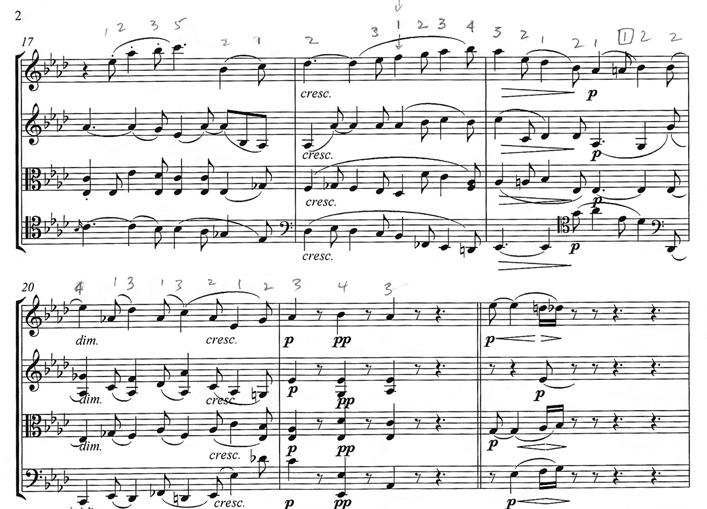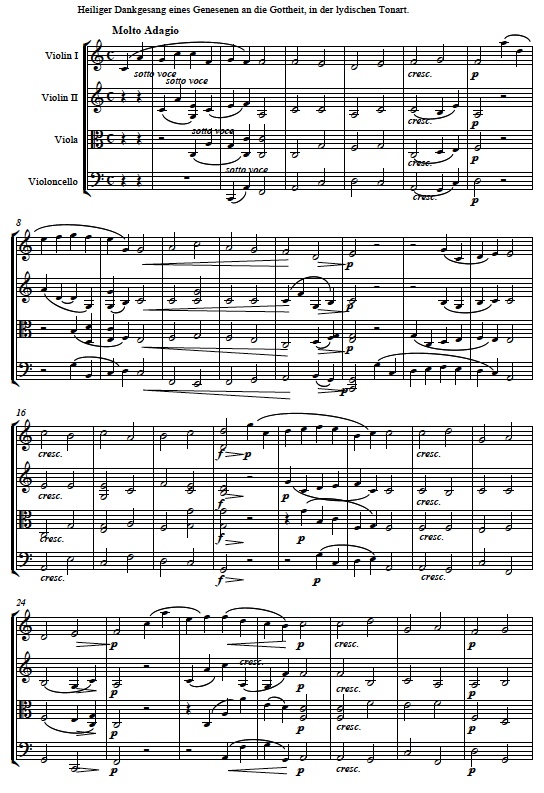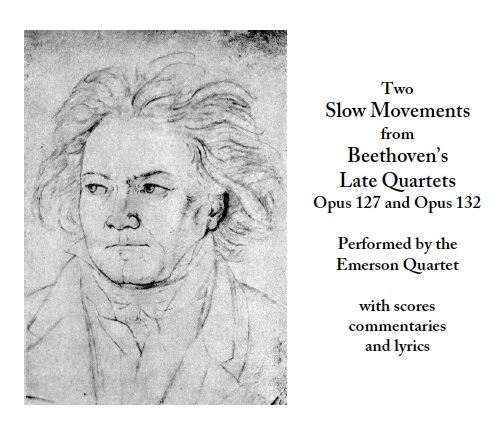Bonding with Beethoven (1)
Monday, October 4th, 2010I’m not scheduled to teach this quarter or next, and I hope renewing an engagement with classical music will complement my service to grandchildren and to Jan’s mayoral campaign. Larry and I have agreed to lecture on The Kreutzer Sonata“both the violin-piano sonata by Beethoven and the novella by Tolstoy–next Spring in the course we’re collaborating on.* We arrange to meet with Jim C., mutual friend, colleague and musical savant to discuss the piece, since Larry and I are hardly literate in this area.
Tolstoy’s unreliable narrator says this about the first movement:
How can that first presto be played in a drawing-room among ladies in low-necked dresses? To hear that played, to clap a little, and then to eat ices and talk of the latest scandal? Such things should only be played on certain important significant occasions, and then only when certain actions answering to such music are wanted.
As I listen to the sonata in preparation for our meeting I think I hear what evokes that reaction: a sensuous and violent mating dance between violin and piano: courtship, chase, capture, resistance, yielding and consummation.
Spurred on by this encounter, I venture into more challenging musical territory. I purchase the 3 CD set of the Emerson Quartet’s performances of Beethoven’s “late quartets.” Since adolescence I’ve heard them referred to as one of humanity’s supreme artistic achievements, but I’ve been intimidated by their reputation for inaccessability. I copy the first of them, Opus 127, to my ipod nano, along with the Kreutzer and some more familiar pieces in my itunes collection: the Archduke Trio, Waldstein Sonata, and Piano Concerto #4 and listen to them during my daily hours of precinct walking. I’m intrigued by the billowing, elongated melody of the quartet’s slow second movement. I download the score and order books of music criticism through interlibrary loan.
When the three of us get together in our living room, Jim moves the furniture to place the speakers in optimum positions. We compare his different recordings of the Kreutzer and Opus 127. The music and talk are loud, and at 1:00 A.M. Jan asks us to end the party because she cant sleep.

